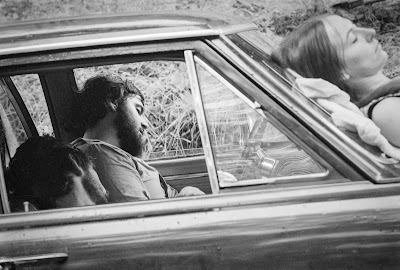
"In 2008, Barack Obama’s Chicago headquarters housed engineers from Facebook and coders from Google. Everything was optimized for the web, from the talking points to the logo—the simple, minimal, now iconic Obama 'O.' The candidate’s graphic designers even made use of a new typeface, Gotham, which was so well suited to social media that the Discovery Networks and SNL later folded it into their own branding. A decade later, the minimalist, startup-y aesthetic Obama pioneered during his first campaign is omnipresent, both in politics and in Silicon Valley, where apps from Tinder to Facebook have taken to using the style in their marketing materials. Partly because of its simplicity and adaptability across platforms, half of the 2020 Democratic field has embraced good, responsible, rather vacuous 2010s design, as well. ..."
New Republic
















































